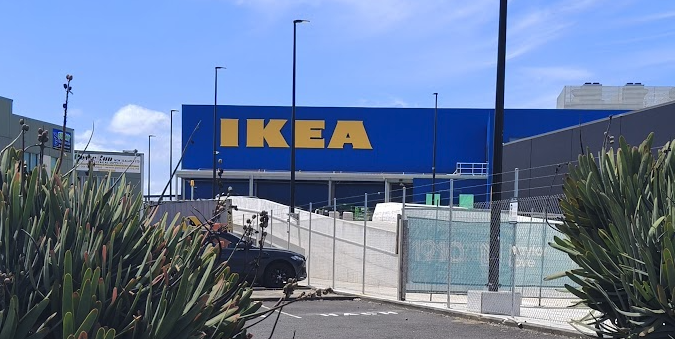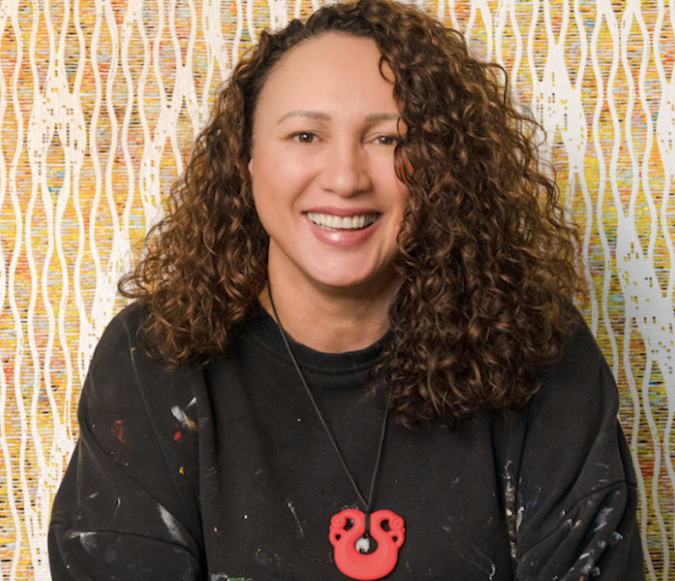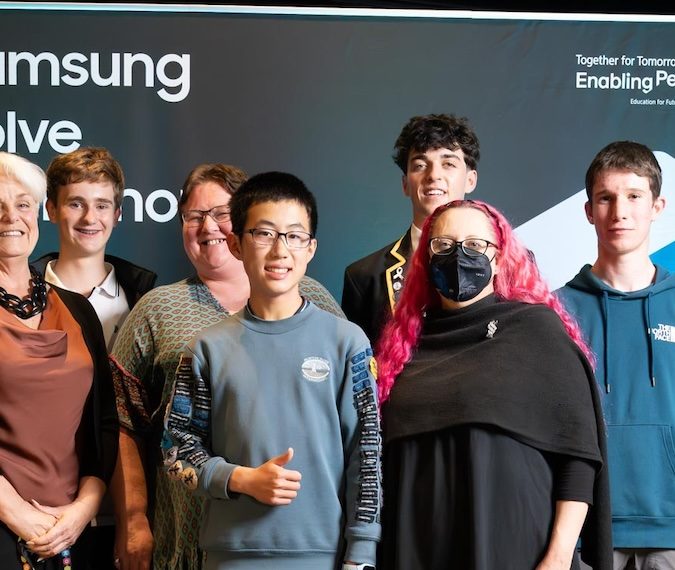Drive VR: The ‘world’s first’ virtual reality drivers test has parked up in New Zealand

For many, the thought of drivers tests evokes angsty memories of nervous times and close calls, and it’s backed by research, according to ACC Road inquiry prevention manager Simon Gianotti. He says, “from speaking to hundreds of young Kiwis, we know that many of them feel daunted by driving tests and freeze up when it comes to doing them in real life.”
Drive VR provides a virtual alternative, and aims to help young drivers feel more comfortable behind the wheel by giving them the opportunity to practise their observational skills immersively from the comfort of their own home.
The virtual reality simulation is an interactive drive through real New Zealand streets to help users practice spotting hazards, checking blind spots, and using mirrors – all from the driver’s seat. Additional features see the performance measured and scored, where users can learn how well they did straight after the experience.
{% gallery ‘drive-vr’ %}
Gianotti says, “By developing the Drive VR experience, we’re first and foremost targeting young people: digital natives who’ve grown up with technology. Learning how to drive by only reading the Road Code is not everyone’s cup of tea and, regardless of learning styles or age, everyone benefits from putting themselves in immersive test situations before doing the real thing.”
According to AA records, driving test pass rates nationwide sees a 57 percent pass rates for restricted licenses across all age groups, and 67 percent pass rates for full licenses. Contrary to popular belief, the youngest demographic of drivers (aged 16) have the highest pass rates of 66 percent, while those aged 65+ have the lowest at 30 percent.
Drive VR was created in collaboration with external partners Strategy Creative who worked as the lead design agency, Mixt Studio who worked on the development, and Flying Saucer as the production agency.
Strategic partner of Strategy Creative Matt Innes says, “From our initial research we couldn’t find anything that came close to the kind of experience we wanted to create, we called it a world first, the government, ACC and NZTA called it a world first as well.”
“We were breaking new ground in all aspects, from the design of the experience, through to the way the cameras were rigged on the cars, to how the shoot was run, and everything.”
Innes says there was the added difficulty of not having any precedents or any best practices either locally or around the world that they could follow. He adds that some of the more challenging aspects were the technicalities of creating a real life experience for the user.
“We needed to make sure that the real footage that appeared in mirrors was a realistic representation of the environment of around the car. Also getting the instructor into the car was another challenge, because we didn’t actually film the experience in the car as the drive was happening, we had to film all the components separately and then comp them all together.”
From a development point-of-view, chief operating officer at Mixt Studio Anton Mitchell says, “filming the footage, matching the footage and comping it into a rendered car also threw up some pretty cool technical challenges.”
Asked if the interactive tool could replace old school drivers tests as we know them, Innes says he doesn’t think it will ever replace physically being in a car, and while it provides a great medium for practice, it will never beat the real world scenario.
Drive VR is now up to version 3.0, and is currently working on a few extra VR videos, which will be released soon. Additionally, Innes discloses it has started a new initiative for the Drive programme, Drive community, which is about connecting up various local learning to drive providers with each other across New Zealand.
Innes says, “At the moment they operate in silos from each other so we would them to start supporting and talking to each other, because they are doing great work, it’s just a matter of them help each other to be even better.”




